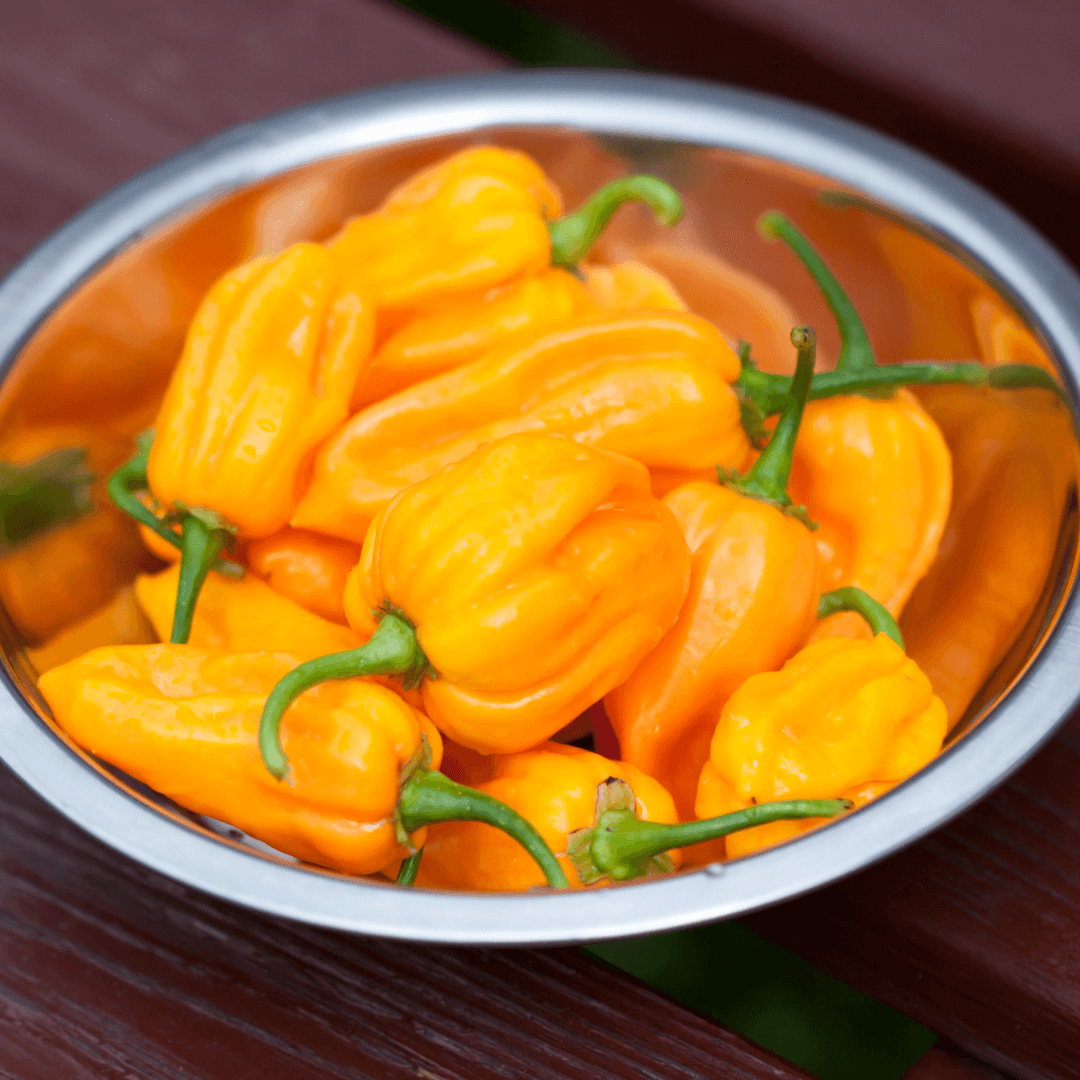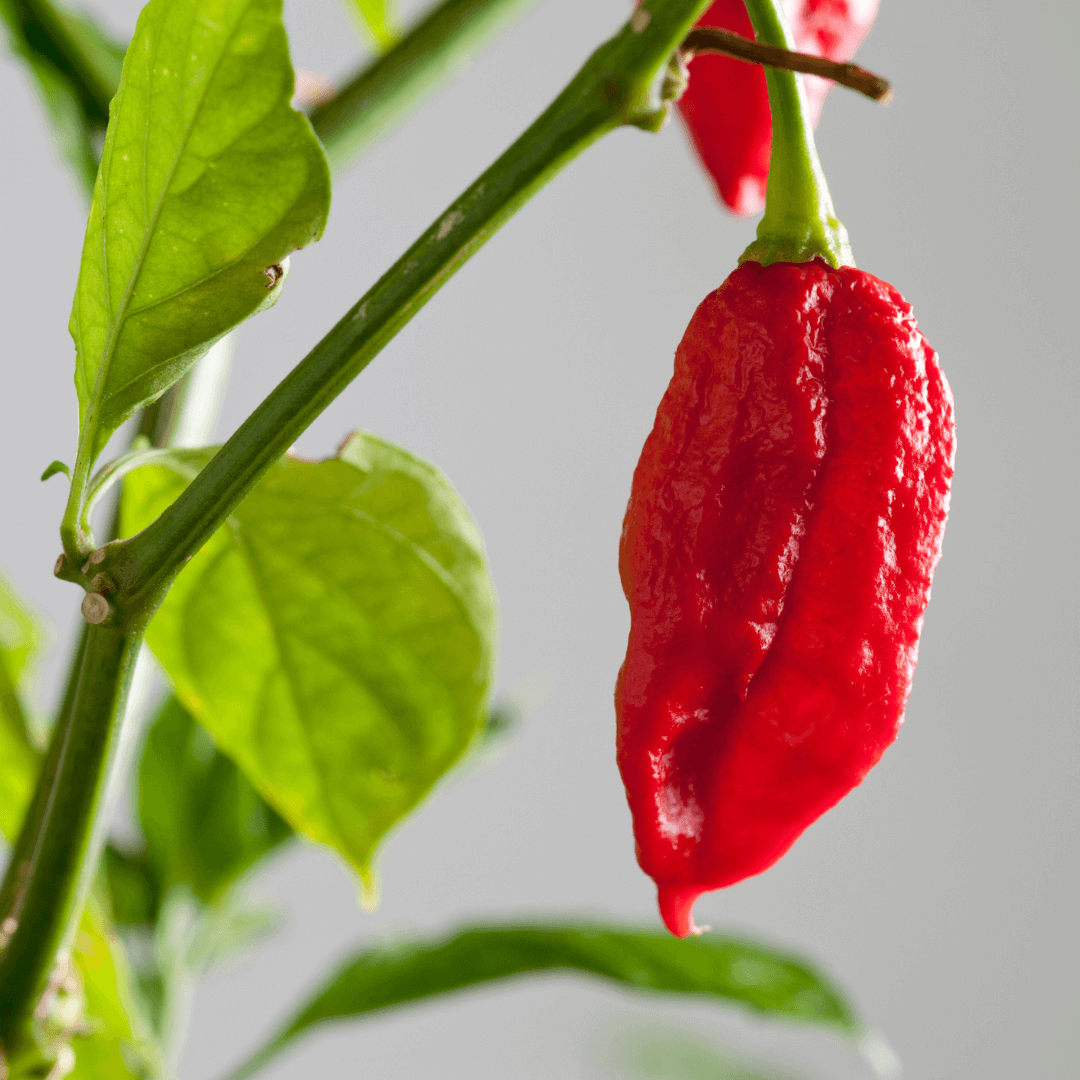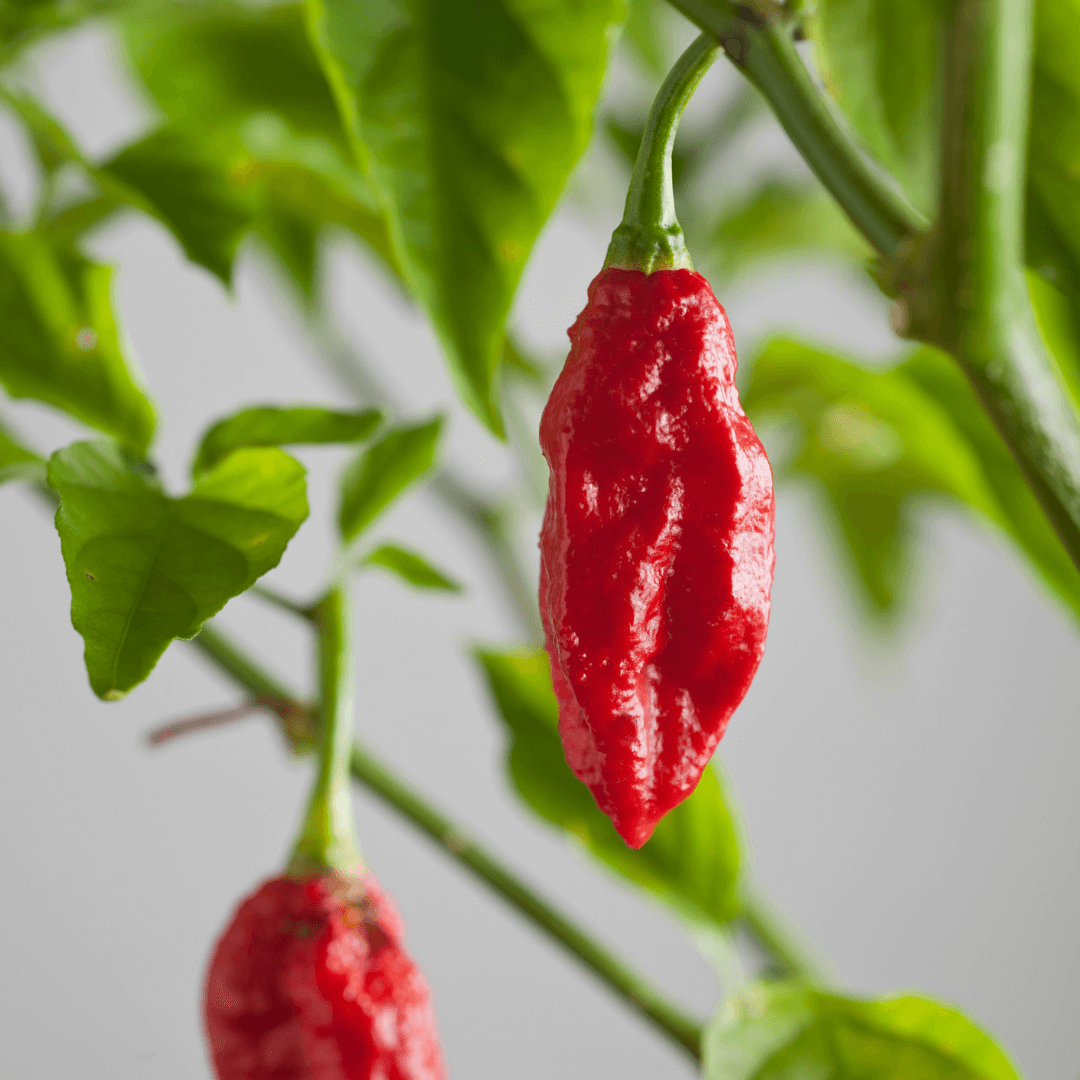Hello, fellow gardeners! As a woman who loves gardening and spicy flavors, I often get asked about jalapeños and their colors. In this in-depth article, we'll explore the world of jalapeños, focusing on the colors, varieties, and all the factors that make this chili pepper so fascinating. So let's dive in and answer the burning question, "Are all jalapenos green?"
Jalapeño Pepper: A Brief Introduction
Jalapeño peppers are among the most popular and versatile chili peppers, widely used in various dishes, salsas, and sauces. They originate from Mexico and are named after the city of Xalapa (Jalapa). Jalapeños have a moderate heat level, typically ranging from 2,500 to 8,000 Scoville Heat Units (SHU). But are they all green? The answer is no. They start as green and eventually turn red during the ripening process.
Jalapeño Pepper Seeds
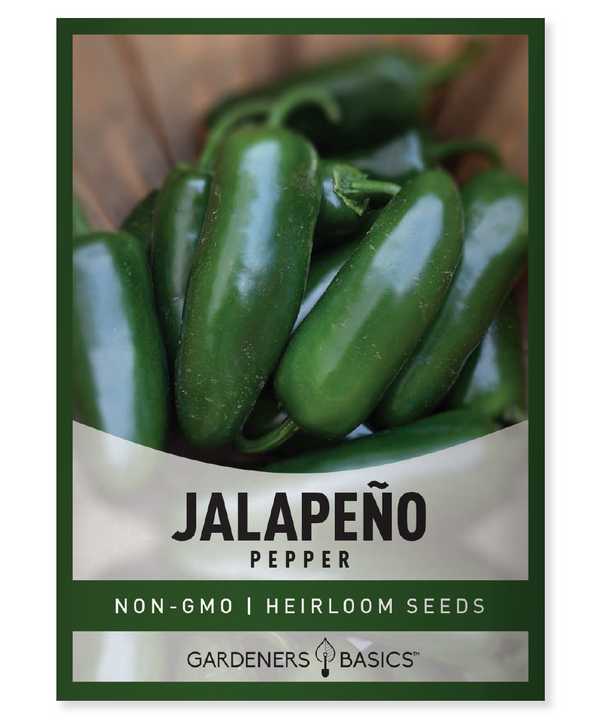
$2.49
Jalapeño Pepper Seeds - Heirloom, Non-GMO, Open Pollinated, Non-Hybrid & Planting & Growing Guide Looking for premium Jalapeño Pepper Seeds? Our seeds are heirloom, non-GMO, non-hybrid, and open-pollinated, ensuring top-quality, reliable growth. Jalapeños are a favorite among gardeners and chefs… read more
Green or Red: The Jalapeño Lifecycle
As the jalapeño pepper plant matures, its fruits go through a lifecycle that affects their color. The stages include:
-
Green jalapeños: Young and fresh jalapeños are green in color. They are harvested for various culinary uses at this stage because they provide a mild heat and a crisp, slightly sweet flavor.
-
Red jalapeños: As the pepper ages, it gradually turns green to red. The red color is an indication of a fully ripe and mature pepper. Red jalapeño peppers have a slightly sweeter taste and are hotter than green jalapeños.
Growing Conditions: The Key to Colorful Jalapeños
The color of jalapeño peppers largely depends on the growing conditions they are exposed to. Here are some factors that contribute to the color transformation:
-
Sunlight: Adequate sunlight exposure is crucial for jalapeños to ripen and develop their colors. A minimum of six hours of direct sunlight per day is recommended for optimal growth.
-
Temperature: Jalapeño peppers thrive in temperatures between 70 and 85 degrees Fahrenheit. Extreme temperature fluctuations can impact the ripening process and color development.
-
Water: Consistent and sufficient watering is essential for the healthy growth of jalapeño plants. Over- or under-watering can lead to stress, affecting the peppers' overall quality and appearance.
Corking: The Mysterious White Lines on Jalapeños
Some jalapeños display white lines or cracks on their skin, a phenomenon called corking. These lines signify maturity and are often more pronounced on red jalapeños. Corked jalapeños are considered a delicacy in some regions, as they are believed to have a more intense flavor.
Picking Jalapeños: A Matter of Color and Preference
When picking jalapeños, the choice between green or red jalapeños largely depends on individual preferences and intended culinary use. Green jalapeños are typically harvested when they reach 3-4 inches long, while red jalapeños are left on the plant to fully mature.
Grocery Store Finds: Green Peppers vs. Red Peppers
In most grocery stores, you'll primarily find green jalapeños. This is because they have a longer shelf life and are harvested earlier in the ripening process. However, red jalapeños can also be found in some stores, especially those catering to ethnic markets or gourmet food enthusiasts.
Heat Factor: Are Red Jalapeños Hotter Than Green?
As the jalapeño pepper ripens and turns red, its heat level increases. This is because capsaicin, the compound responsible for the spiciness in chili peppers, becomes more concentrated during the ripening process. As a result, red jalapeños are typically hotter than their green counterparts. However, the heat level can vary depending on the pepper and growing conditions.
$15.95
8 Pepper Seeds Variety Pack – Heirloom, Non-GMO, Open-Pollinated, Non-Hybrid Seeds Elevate your garden with our 8 Pepper Seeds Variety Pack! This premium selection includes a mix of heirloom, open-pollinated, non-hybrid, non-GMO pepper seeds, perfect for beginner and experienced gardeners.… read morePepper Seed Assortment | 8 Variety Pack
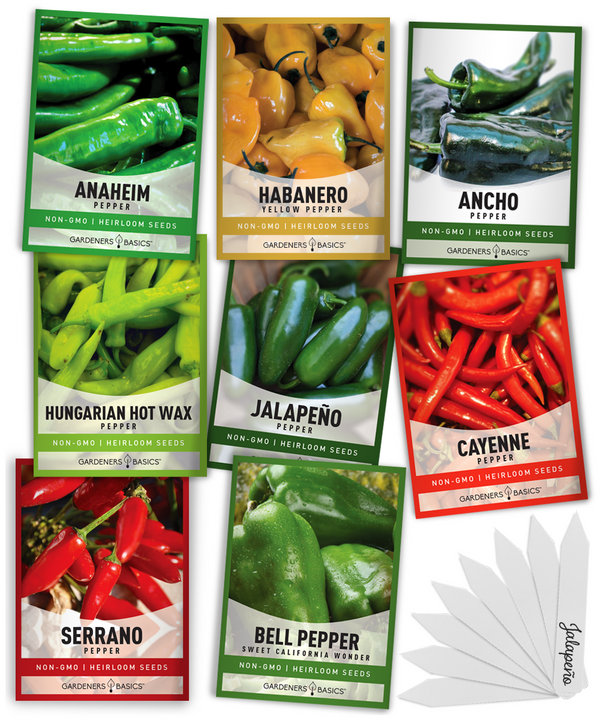
 Varieties of Jalapeños: Beyond Green and Red
Varieties of Jalapeños: Beyond Green and Red
While green and red jalapeños are the most common, several other varieties of jalapeño peppers come in different colors and heat levels. Some of these include:
-
Purple Jalapeños: These peppers start as green, turn purple as they mature, and eventually become red when fully ripe. They have a similar heat level to the traditional green jalapeños but offer a unique visual appeal in dishes.
-
Yellow Jalapeños: Yellow jalapeños are a hybrid variety that ripens to a golden yellow. They have a milder heat than the green and red types and offer a slightly fruity flavor.
-
Giant Jalapeños: As the name suggests, these jalapeños are more significant than the standard varieties. They are perfect for stuffing and grilling and can be found in green and red.
In conclusion, when we ask are all jalapenos green, I think we can all agree, no, they aren't! They start off green, and as they ripen, they turn red. The color transformation of jalapeños is a natural process influenced by factors such as sunlight, temperature, and water. While green jalapeños are more commonly found in grocery stores, red jalapeños offer a sweeter taste and a higher heat. Other jalapeño varieties, such as purple and yellow, add a unique twist to the traditional green and red peppers. Whether you prefer green or red jalapeños, both colors offer flavor and heat to enhance your favorite dishes. Happy gardening and cooking!



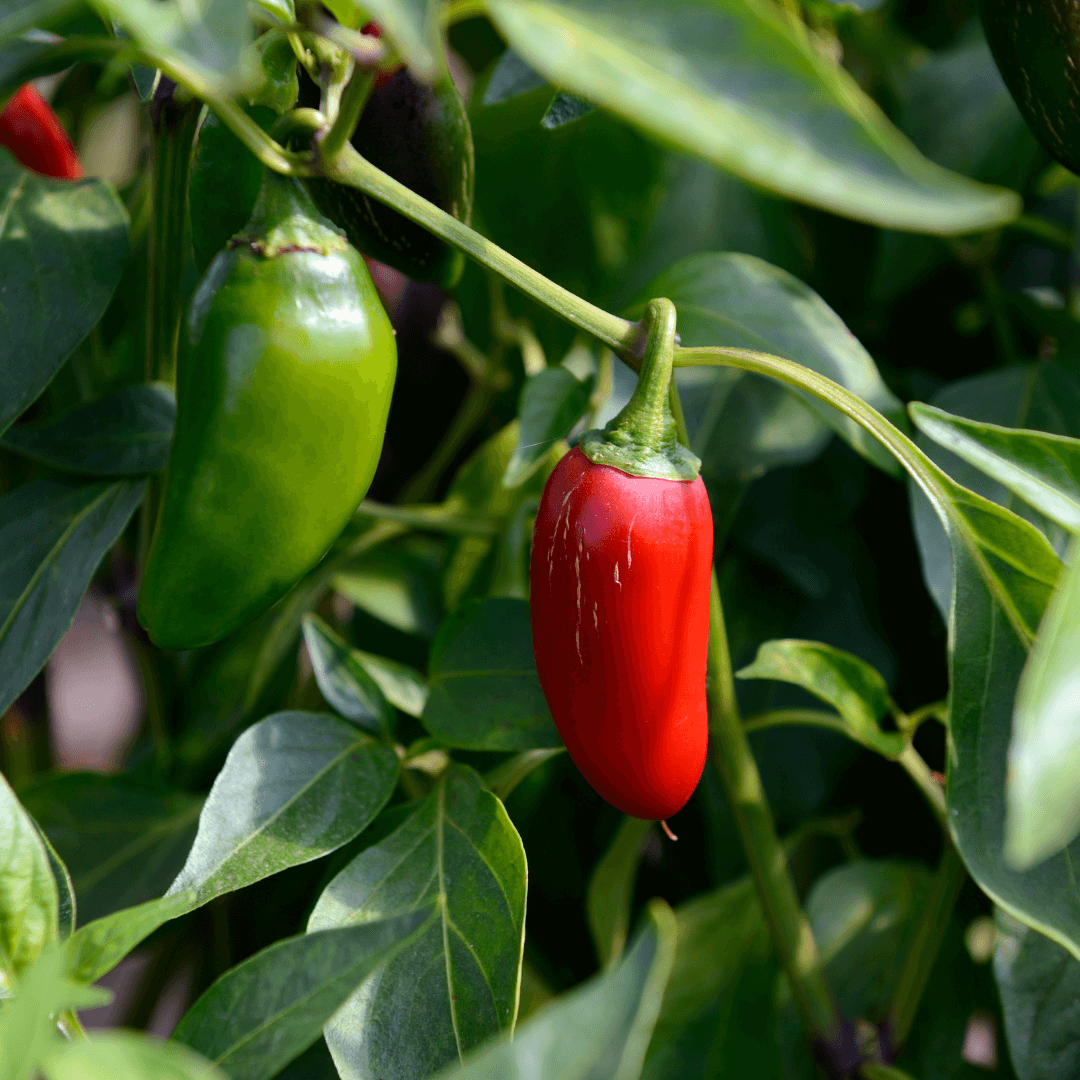

 Varieties of Jalapeños: Beyond Green and Red
Varieties of Jalapeños: Beyond Green and Red